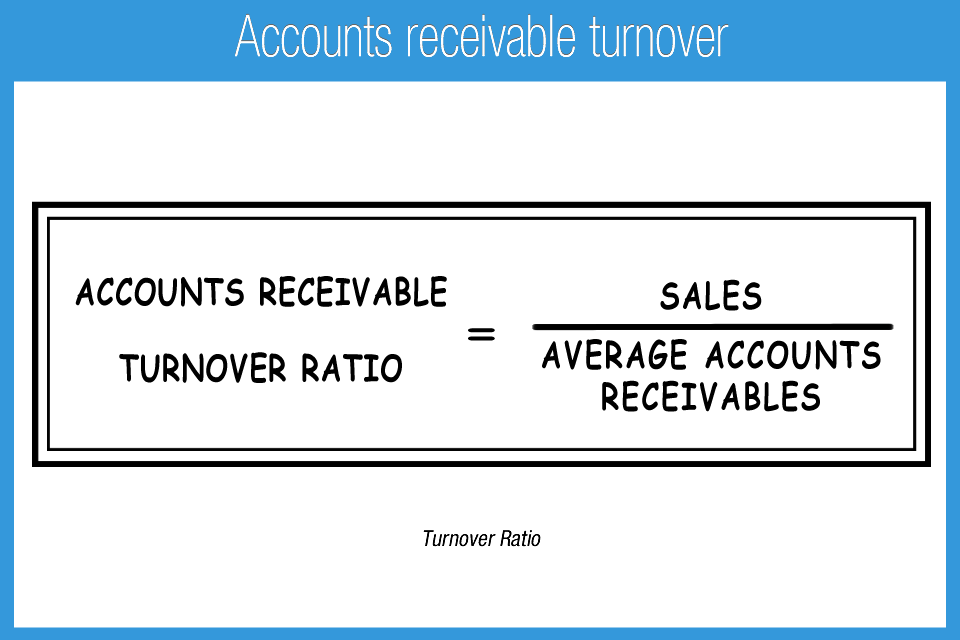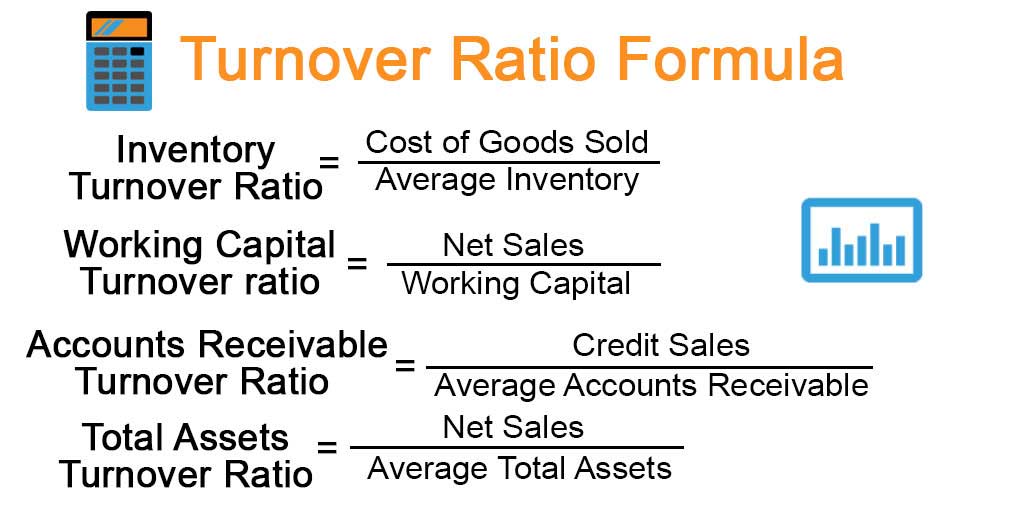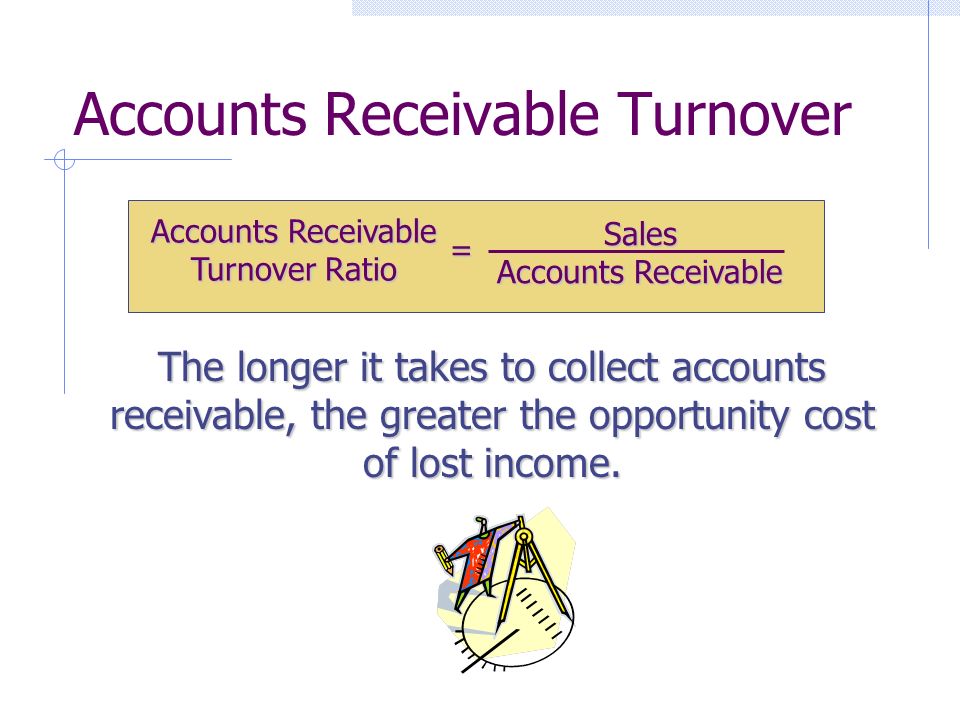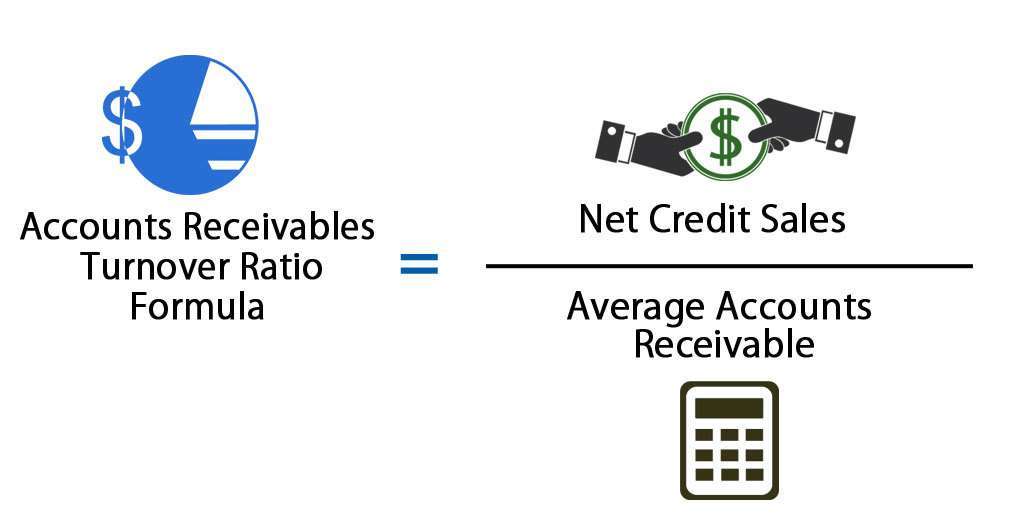Accounts Receivable Turnover Ratio Meaning
Accounts Receivable Turnover Ratio Meaning - It is a quantification of a. Accounts receivable (ar) turnover measures how many times in a given period a company turns its receivables into cash. The receivable turnover ratio, otherwise known as the debtor’s turnover ratio, is a measure of how quickly a company collects its outstanding accounts receivables. The accounts receivable turnover ratio, also known as the debtor’s turnover ratio, is an efficiency ratio that measures how efficiently a company is. The accounts receivables turnover ratio measures the number of times a company collects its average accounts receivable balance. This value may also be referred to as. What is accounts receivable turnover? What is the accounts receivable turnover ratio? The accounts receivable turnover ratio, or receivables turnover, is used in business accounting to quantify how well companies are managing the credit that they extend to their.
What is accounts receivable turnover? The accounts receivable turnover ratio, also known as the debtor’s turnover ratio, is an efficiency ratio that measures how efficiently a company is. It is a quantification of a. What is the accounts receivable turnover ratio? The accounts receivable turnover ratio, or receivables turnover, is used in business accounting to quantify how well companies are managing the credit that they extend to their. The accounts receivables turnover ratio measures the number of times a company collects its average accounts receivable balance. Accounts receivable (ar) turnover measures how many times in a given period a company turns its receivables into cash. This value may also be referred to as. The receivable turnover ratio, otherwise known as the debtor’s turnover ratio, is a measure of how quickly a company collects its outstanding accounts receivables.
The accounts receivable turnover ratio, or receivables turnover, is used in business accounting to quantify how well companies are managing the credit that they extend to their. It is a quantification of a. The accounts receivable turnover ratio, also known as the debtor’s turnover ratio, is an efficiency ratio that measures how efficiently a company is. What is the accounts receivable turnover ratio? This value may also be referred to as. The receivable turnover ratio, otherwise known as the debtor’s turnover ratio, is a measure of how quickly a company collects its outstanding accounts receivables. Accounts receivable (ar) turnover measures how many times in a given period a company turns its receivables into cash. The accounts receivables turnover ratio measures the number of times a company collects its average accounts receivable balance. What is accounts receivable turnover?
Receivable Turnover
The receivable turnover ratio, otherwise known as the debtor’s turnover ratio, is a measure of how quickly a company collects its outstanding accounts receivables. The accounts receivable turnover ratio, also known as the debtor’s turnover ratio, is an efficiency ratio that measures how efficiently a company is. This value may also be referred to as. What is accounts receivable turnover?.
Understanding Accounts Receivables Turnover Ratio
The accounts receivable turnover ratio, also known as the debtor’s turnover ratio, is an efficiency ratio that measures how efficiently a company is. The receivable turnover ratio, otherwise known as the debtor’s turnover ratio, is a measure of how quickly a company collects its outstanding accounts receivables. The accounts receivables turnover ratio measures the number of times a company collects.
Accounts Receivable Turnover Ratio Accounting Play
The accounts receivable turnover ratio, or receivables turnover, is used in business accounting to quantify how well companies are managing the credit that they extend to their. The accounts receivable turnover ratio, also known as the debtor’s turnover ratio, is an efficiency ratio that measures how efficiently a company is. What is accounts receivable turnover? The accounts receivables turnover ratio.
Accounts receivable turnover ratio What you need to know Billtrust
This value may also be referred to as. The accounts receivable turnover ratio, also known as the debtor’s turnover ratio, is an efficiency ratio that measures how efficiently a company is. The receivable turnover ratio, otherwise known as the debtor’s turnover ratio, is a measure of how quickly a company collects its outstanding accounts receivables. What is accounts receivable turnover?.
change in working capital formula investopedia Provide A Good Blogger
It is a quantification of a. The accounts receivable turnover ratio, or receivables turnover, is used in business accounting to quantify how well companies are managing the credit that they extend to their. The accounts receivables turnover ratio measures the number of times a company collects its average accounts receivable balance. Accounts receivable (ar) turnover measures how many times in.
Accounts receivable turnover Accounting Play
The accounts receivables turnover ratio measures the number of times a company collects its average accounts receivable balance. The receivable turnover ratio, otherwise known as the debtor’s turnover ratio, is a measure of how quickly a company collects its outstanding accounts receivables. What is the accounts receivable turnover ratio? The accounts receivable turnover ratio, also known as the debtor’s turnover.
Turnover Ratio Formula Example with Excel Template
The receivable turnover ratio, otherwise known as the debtor’s turnover ratio, is a measure of how quickly a company collects its outstanding accounts receivables. The accounts receivable turnover ratio, or receivables turnover, is used in business accounting to quantify how well companies are managing the credit that they extend to their. The accounts receivable turnover ratio, also known as the.
Accounts Receivable Turnover Get the allImportant Details Here!
Accounts receivable (ar) turnover measures how many times in a given period a company turns its receivables into cash. The accounts receivables turnover ratio measures the number of times a company collects its average accounts receivable balance. What is accounts receivable turnover? The receivable turnover ratio, otherwise known as the debtor’s turnover ratio, is a measure of how quickly a.
Receivable Turnover Ratio Definition and Calculation BooksTime
The accounts receivable turnover ratio, also known as the debtor’s turnover ratio, is an efficiency ratio that measures how efficiently a company is. Accounts receivable (ar) turnover measures how many times in a given period a company turns its receivables into cash. The receivable turnover ratio, otherwise known as the debtor’s turnover ratio, is a measure of how quickly a.
Receivable Turnover Ratio Definition, and Formula Finance Strategists
What is accounts receivable turnover? It is a quantification of a. The receivable turnover ratio, otherwise known as the debtor’s turnover ratio, is a measure of how quickly a company collects its outstanding accounts receivables. The accounts receivable turnover ratio, or receivables turnover, is used in business accounting to quantify how well companies are managing the credit that they extend.
The Accounts Receivables Turnover Ratio Measures The Number Of Times A Company Collects Its Average Accounts Receivable Balance.
The receivable turnover ratio, otherwise known as the debtor’s turnover ratio, is a measure of how quickly a company collects its outstanding accounts receivables. It is a quantification of a. This value may also be referred to as. What is accounts receivable turnover?
The Accounts Receivable Turnover Ratio, Also Known As The Debtor’s Turnover Ratio, Is An Efficiency Ratio That Measures How Efficiently A Company Is.
What is the accounts receivable turnover ratio? Accounts receivable (ar) turnover measures how many times in a given period a company turns its receivables into cash. The accounts receivable turnover ratio, or receivables turnover, is used in business accounting to quantify how well companies are managing the credit that they extend to their.

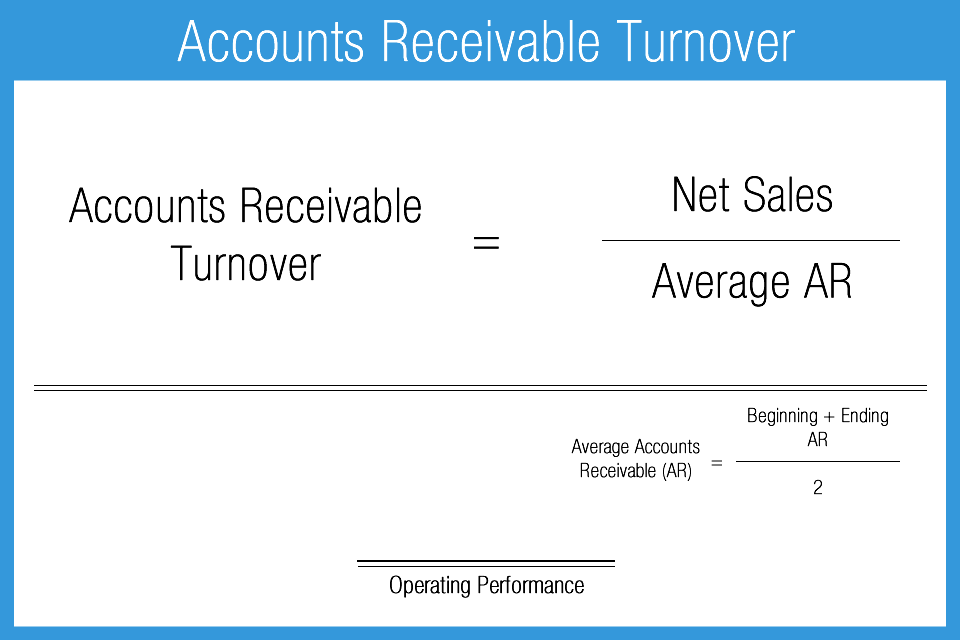

:max_bytes(150000):strip_icc()/receivableturnoverratio-final-803376348e8642b1a50c7b422dce27b5.png)
